Trending Now
Tuesday, Nov, 2024
Home / IIT Guwahati Creates Innovate Method to Mitigate Acid Mine Drainage in coal mines of North-East India
IIT Guwahati Creates Innovate Method to Mitigate Acid Mine Drainage in coal mines of North-East India
The "bioremediation" of Acid Mine Drainage (AMD) in Constructed Wetlands has been studied in coal mines. This study is the first to show how constructed wetlands can be used to bioremediate AMD from the Northeastern Coalfields (NEC).
 by Dilawar Kumar /
by Dilawar Kumar /  29 Jun 2022 16:06 PM IST /
29 Jun 2022 16:06 PM IST /  0 Comment(s) / 445
0 Comment(s) / 445
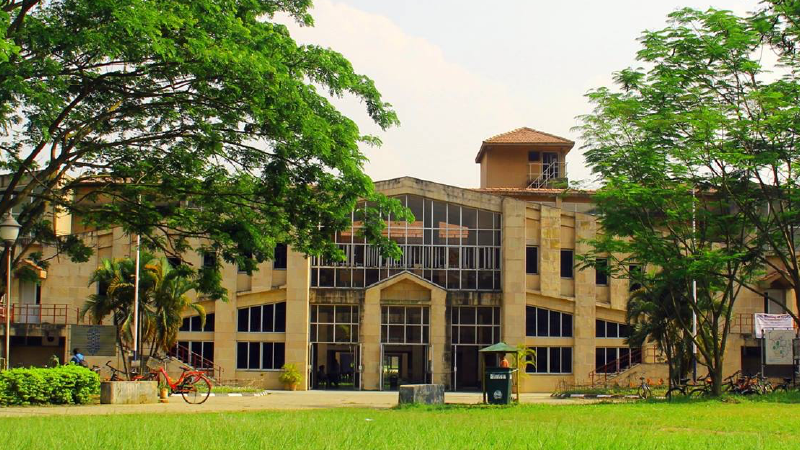
Image Courtesy : www.facebook.com/iitgwt
Acid mine drainage is the term used to describe the acidic wastewater produced by coal mines (or other polymetallic mining) that contains significant levels of sulphate, iron, and other harmful heavy metals.
In addition to addressing the long-term operational sustainability challenges found in constructed wetlands receiving AMD, this research offers an effective sustainable treatment technique to reduce AMD pollution. To comprehend the operation of several fundamental processes that co-occur in Constructed Wetlands, a biochemical mechanism has also been devised.
The main advantages of this research include parameter tuning using simple organic carbon to offer a practical, long-term approach to AMD pollution prevention.
Prof. Saswati Chakraborty, Department of Civil Engineering, IIT Guwahati, and her Research Scholar Shweta Singh conducted the study on the seasonal change of AMD discharge in NEC (Monsoon, Pre-Monsoon, and Post-Monsoon). A laboratory-scale study has been carried out by the research team. The results of the investigation showed its potential for direct mine drainage field-scale applications at the NEC.
The research proposed adjusting the COD/sulfate ratio for the long-term therapy of AMD in CWs and created an experimental methodology for the bioremediation of AMD. Results have effectively shown the removal of metals, sulphate, and very acidic substances. As a result, it will aid in reducing water pollution and enhancing water quality through local ecosystem restoration.
The extremely acidic AMD from the NEC, which continues to be a difficult source of water pollution and environmental contamination as a result of mining activity in this area, can be managed effectively, according to the preliminary findings from this research, according to Prof. Saswati Chakraborty.
The study focused on the bioremediation of AMD made by NEC, Assam, India, and it demonstrated the successful application of CW with an emphasis on important variables affecting its therapeutic effectiveness. This exploratory study offers an effective, long-term strategy to reduce AMD pollution in India's northeast by optimizing the chemical oxygen demand/sulfate (COD/SO4(2-)) ratio. The application of this technology will guarantee ecological restoration, which will be advantageous to everyone.
"The generation of AMD is a perpetual environmental concern from the NEC, and to address this concern, we investigated the potential bioremediation approach using nature-based technology - CWs and obtained some very promising results that can be further implemented at field-scale applications by coal mining industries," said Shweta Singh, a research scholar at IIT Guwahati.
Lactate, a straightforward and inexpensive carbon source that is widely accessible, is employed in this work to treat AMD wastewater. Sulfate-reducing bacteria (SRB) had developed in the CW consuming organics like lactate and had converted sulphate to sulphide. As a result of this biochemical procedure, the pH of the wastewater rose to 6-6.5. In the CW, metal sulphide and metal hydroxide precipitated from iron and other soluble metals.
The current research work offers a better experimental justification for a long-term, sustainable treatment technique to reduce AMD pollution using CWs' more readily available organic carbon sources.

EShort / February 16, 2024
IMS Noida Admissions 2024: Apply for UG, PG programmes

EShort / February 16, 2024
GATE 2024: Response sheet out

EShort / February 16, 2024
BSSTET 2023: Admit card released

EShort / February 16, 2024
NID DAT 2024: Prelims result released

EShort / February 16, 2024
IIT JAM 2024: Response sheet released

Jobs / February 16, 2024
UPSC Recruitment Drive 2024: Apply for 120 vacancies in various departments

EShort / February 14, 2024
UPSC CSE 2024: Official Notification issued; application process begins

Editor's Desk / April 17, 2020
How Does Society Impact Our Education?

Current Affairs / April 22, 2020
Mr. Sudarsanam Babu appointed to U.S. Science Board.
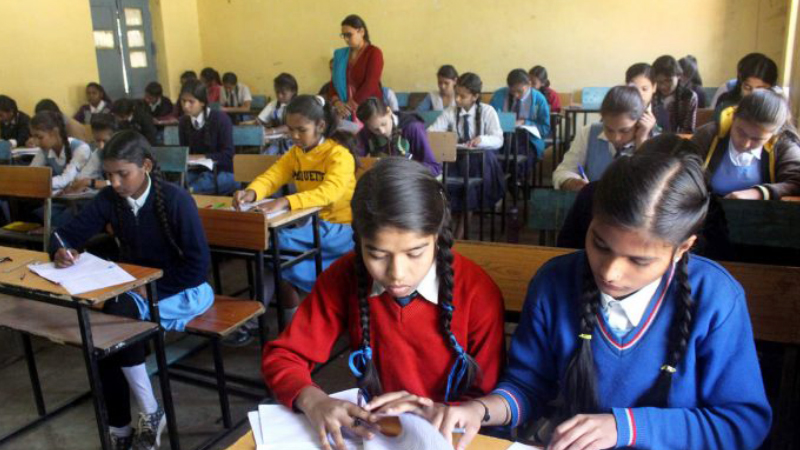
Reforms / April 17, 2020
Traditional Structure of Education In India
.jpg)
Events & Seminars / April 17, 2020
PISA!!
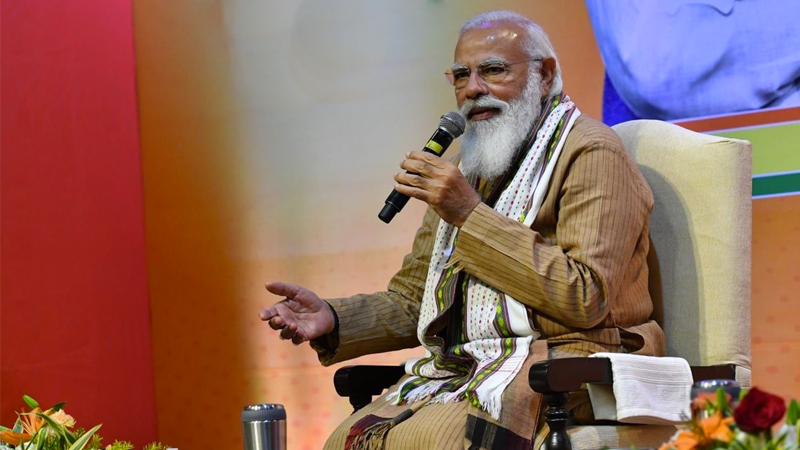
Blog / February 26, 2021
Government's Action On #ModiRojgaarDo

EShort / May 19, 2022
CUET PG 2025 has started the registration process.

Notice Board on Important Dates / April 21, 2020
World Heritage Day

News / July 08, 2021
JEE Mains Registration For Session 3: Last Date To Apply

EShort / December 14, 2021
UPSC Declared Final Result For DCIO Recruitment



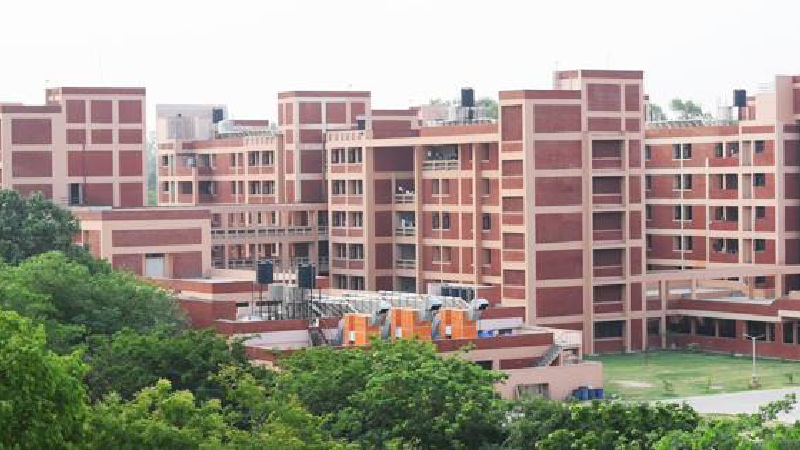
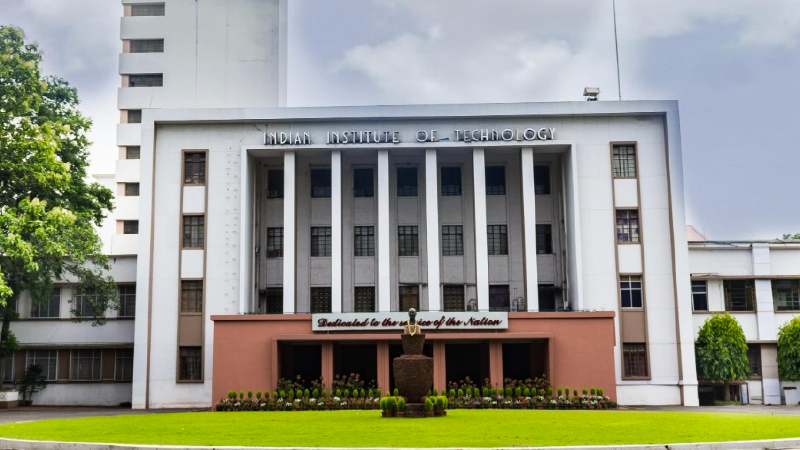
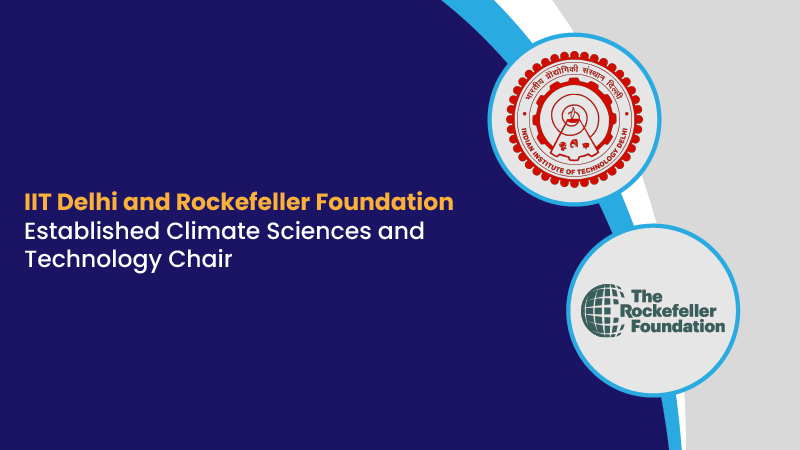

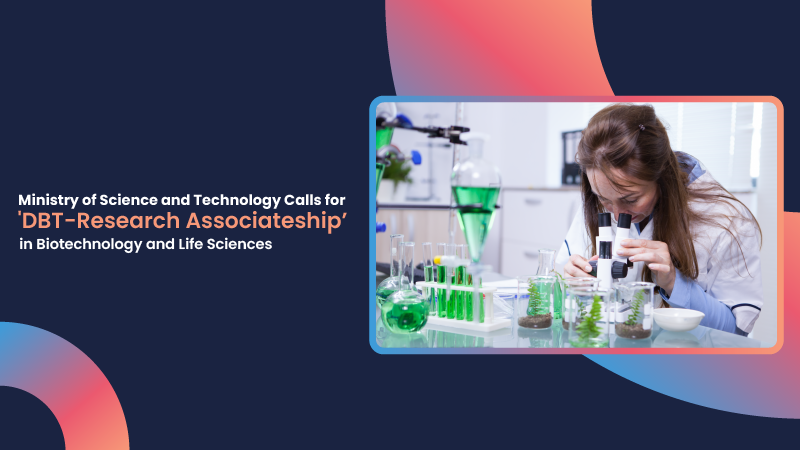
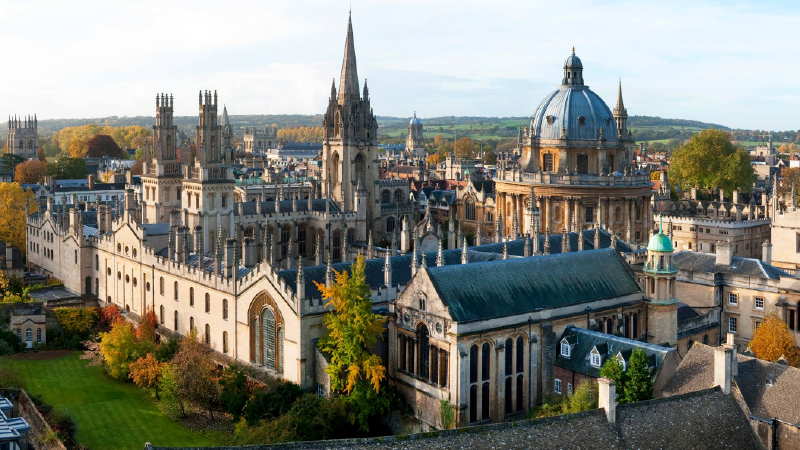

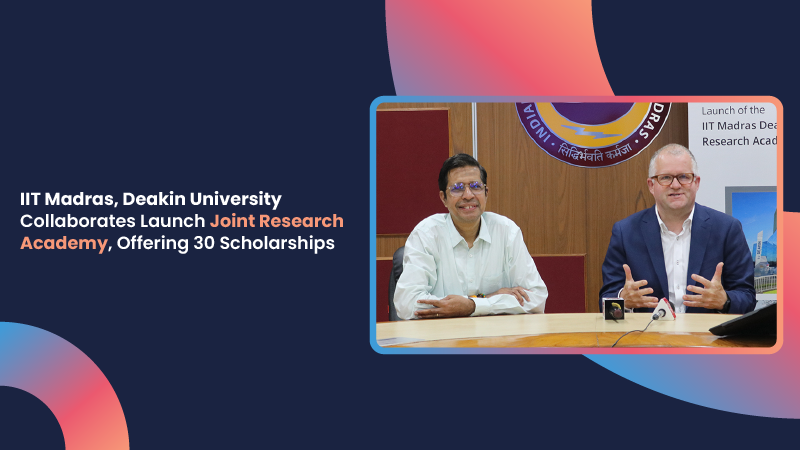
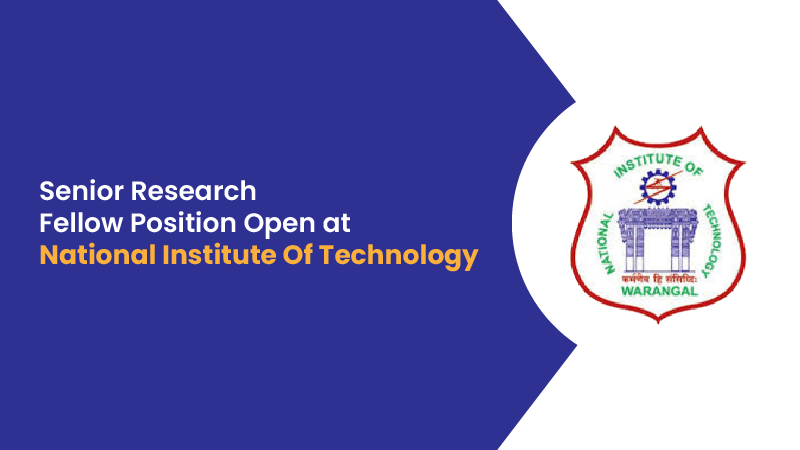


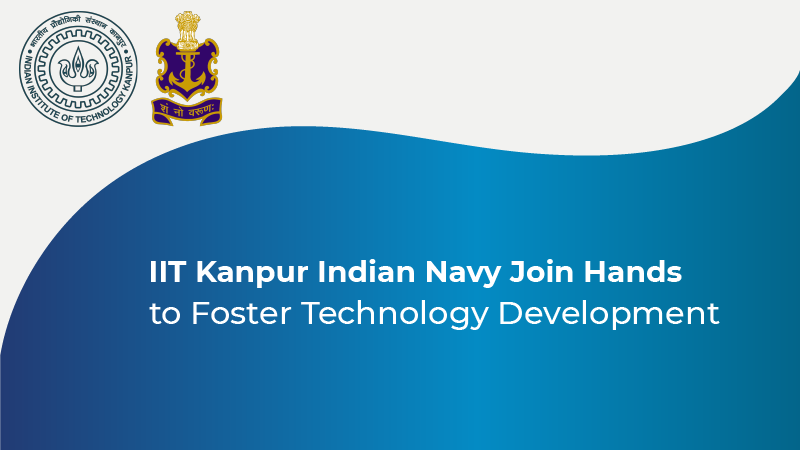
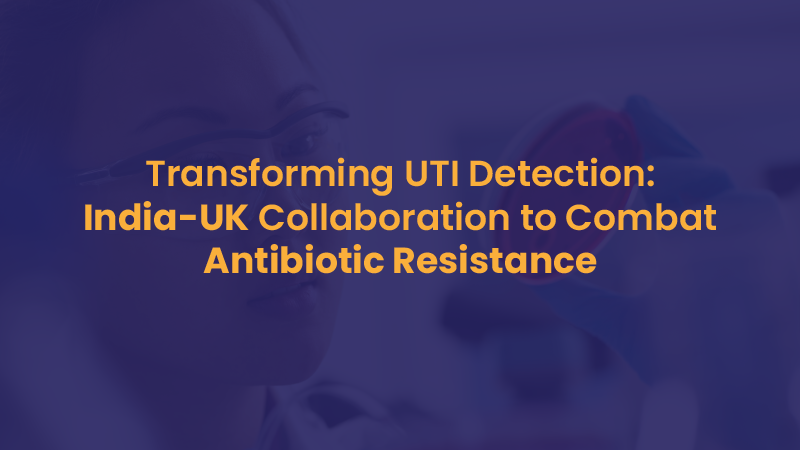
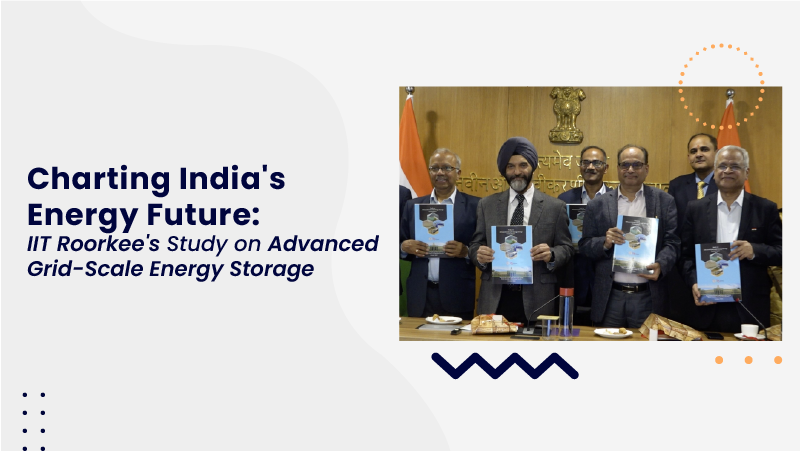
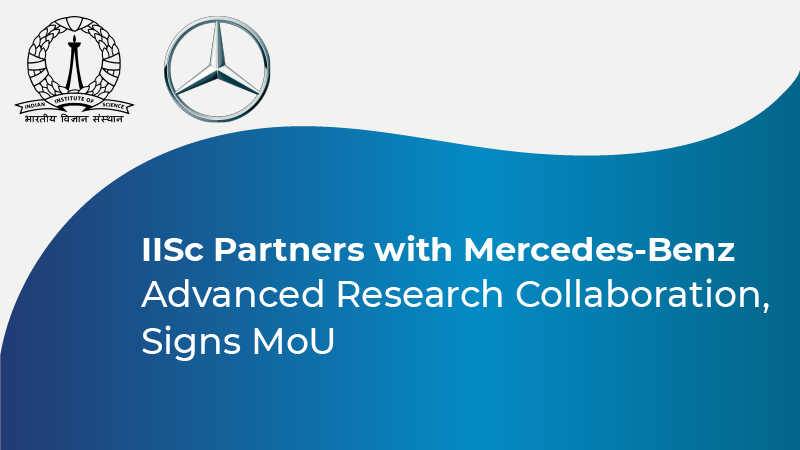
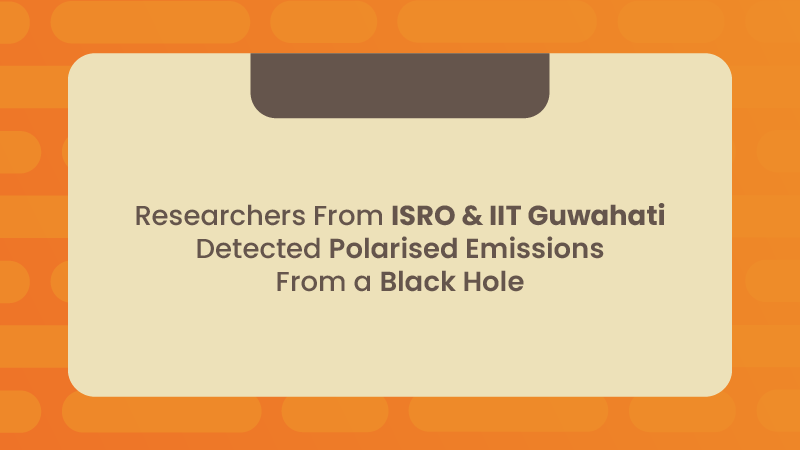


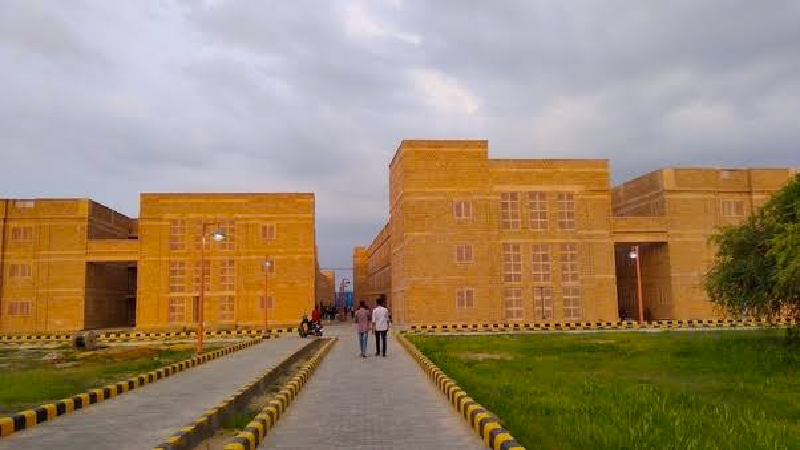


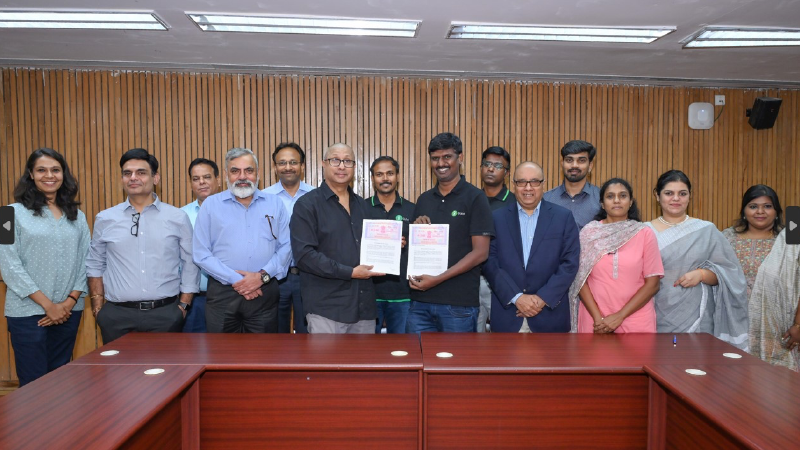
0 Comments
Post Comments